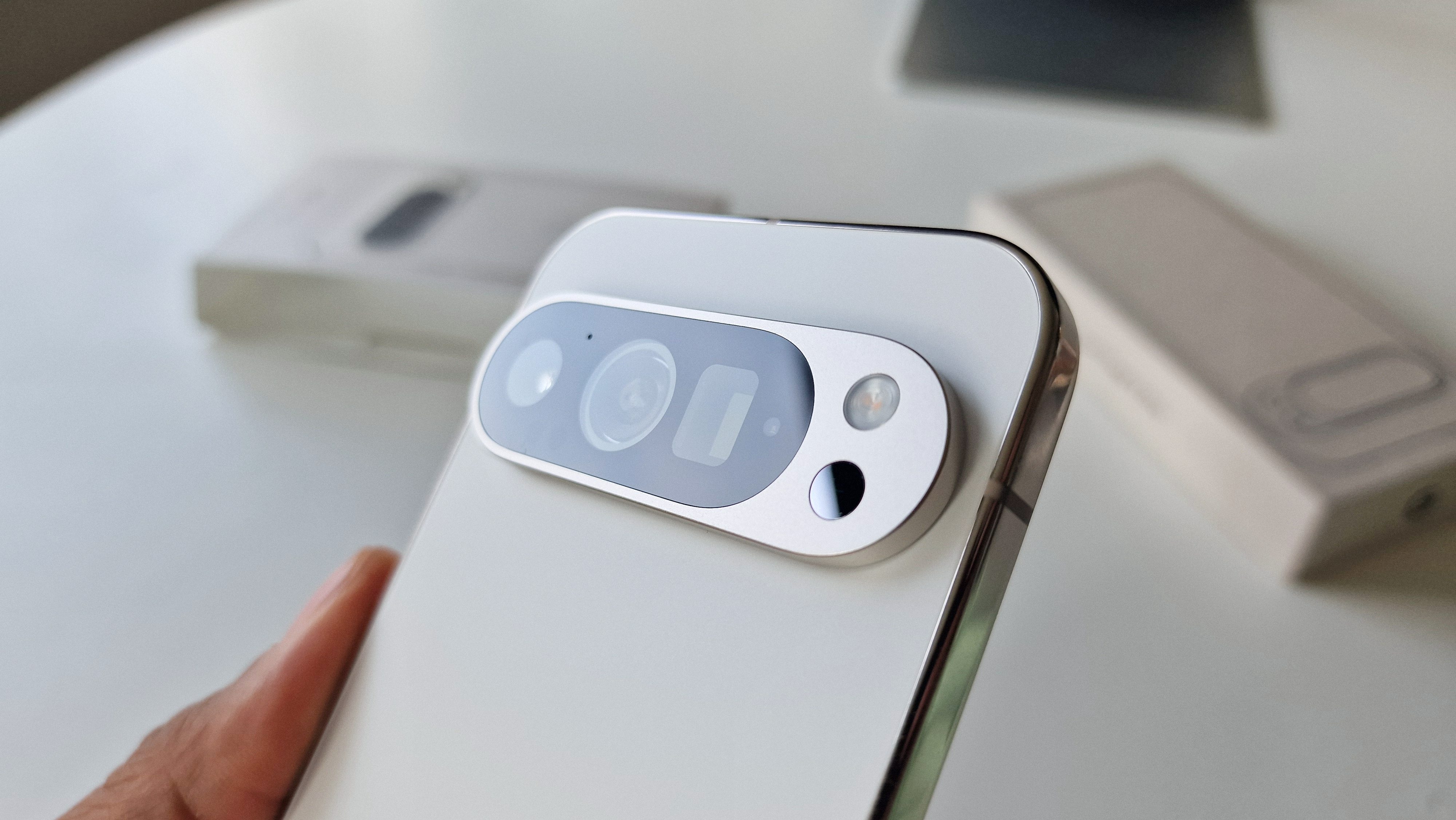The Google Pixel 9 may only be a couple of months old, but that’s more than old enough for us to start getting excited about the Google Pixel 10, and even Pixel 11 phones – with new leaks for the Google devices teasing some big updates to its AI photo and video capabilities.
This comes via Android Authority who claim to have seen credible documents that have leaked from Google’s gChips division – the team that works on its chipsets like the Tensor G4 found in the Google Pixel 9 – revealing elements of the Pixel 10’s Tensor G5 capabilities
Some of the details are still vague but the two most exciting are the so-called “Video Generative ML” feature – which is described as post-capture AI-based video editing – which should let you use AI to edit your videos more easily in the Photos app, and a “Speak-to-Tweak” tool which sounds like it’ll let you edit snaps by describing the changes.
It’s not just these though. A “Sketch-to-Image” function might mimic a similar tool in Samsung’s Galaxy AI – in which you draw a quick addition to a photo which the AI then transforms into a realistic-looking addition – and lastly, there’s a “Magic Mirror” tool. It sounds like it would be some kind of selfie-altering AI trickery – perhaps like the filters you find on Snapchat and the like – however the leaked documents don’t share specifics.
100x zoom coming to the Pixel 11?

The leaked documents go on to tease Google Pixel 11 camera upgrades which will come via its G6 chip. A standout is that using machine learning the Google Pixel 11 may be able to offer 100x zoom in photos and videos, and new “Ultra Low Light video” processing on device – rather than relying on the cloud like a version of the feature currently does.
As with all leaks – particularly these teasing a phone that’s almost two years from launch – take them with a pinch of salt. Even if the leaks do represent Google’s plans right now for the Pixel 10 and 11, development changes between now and launch could mean that the software we get when the phones release won’t offer all these tools.
These leaks further concerns that phone camera snaps are becoming less real. Obviously, there are the big alterations that would come from “Speak-to-Tweak” and “Sketch-to-Image” to add and alter elements of photos and videos, but even the machine learning reliant 100x zoom tool will raise concern for purists – assuming there are no significant camera hardware changes.
Even though the picture would be of something real the AI would have to fill in so many missing details to make it not look blurry that the end result would be almost as fake as any other AI image. At the same time, it is still capturing the essence of something genuine, and that may be enough for most users.
We’ll have to wait and see how folks react if and when these features are officially released.
